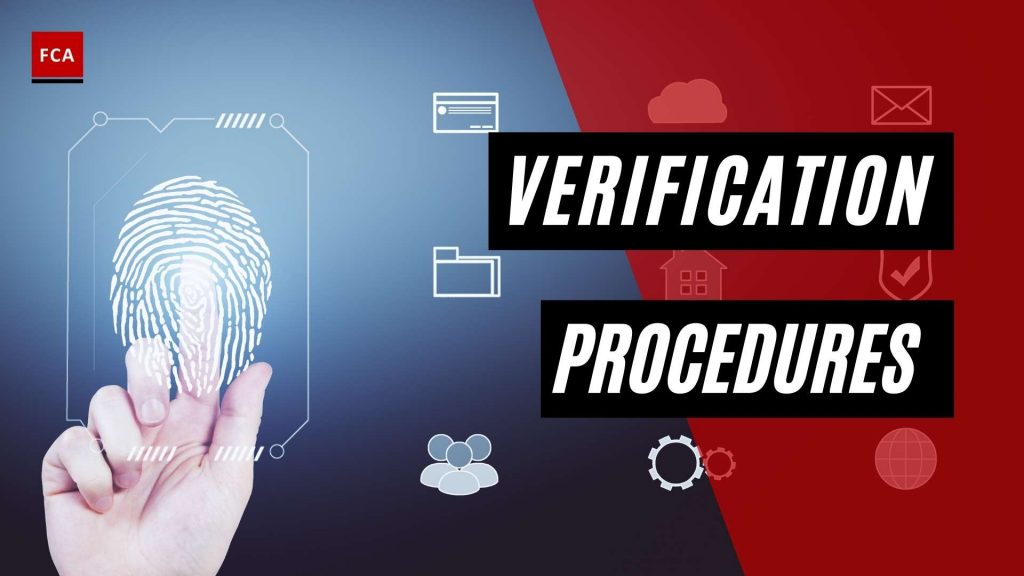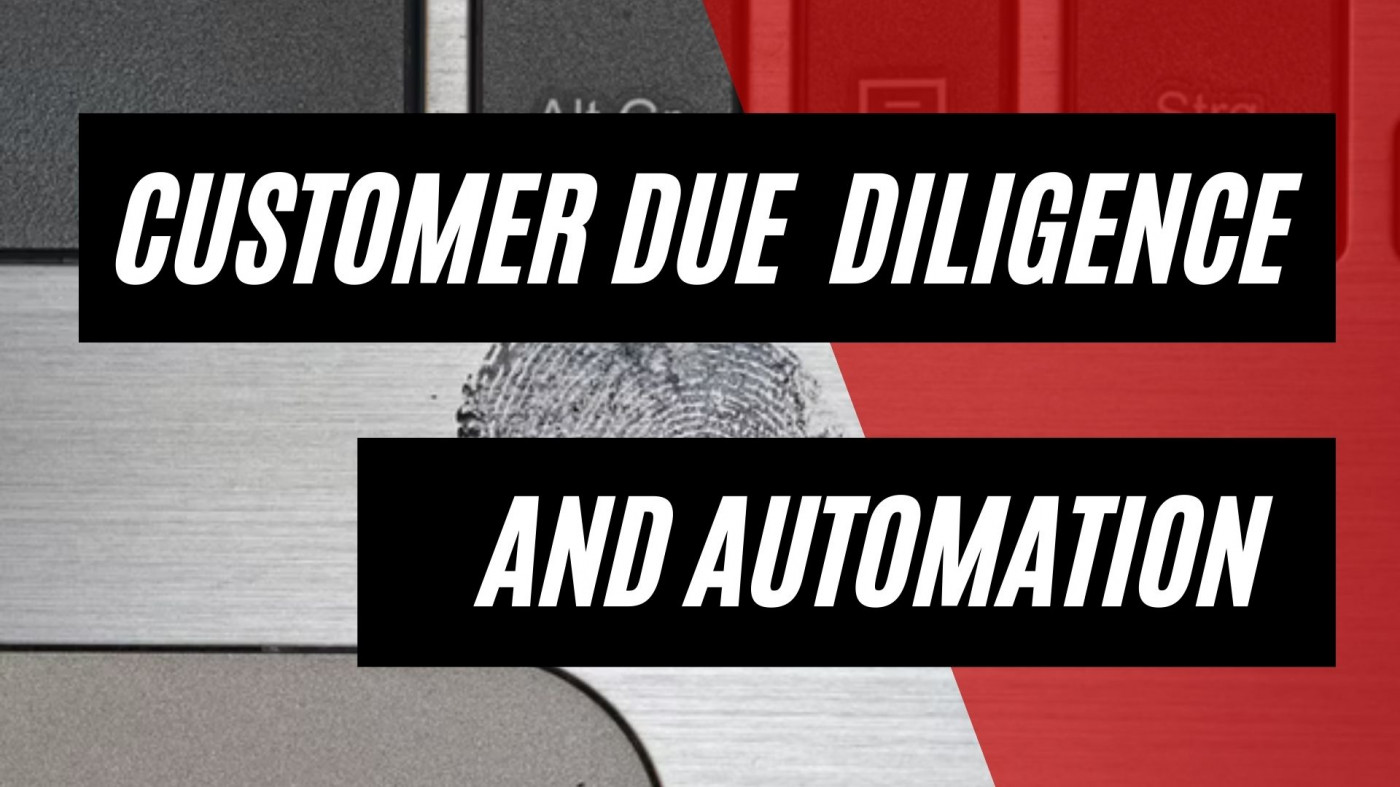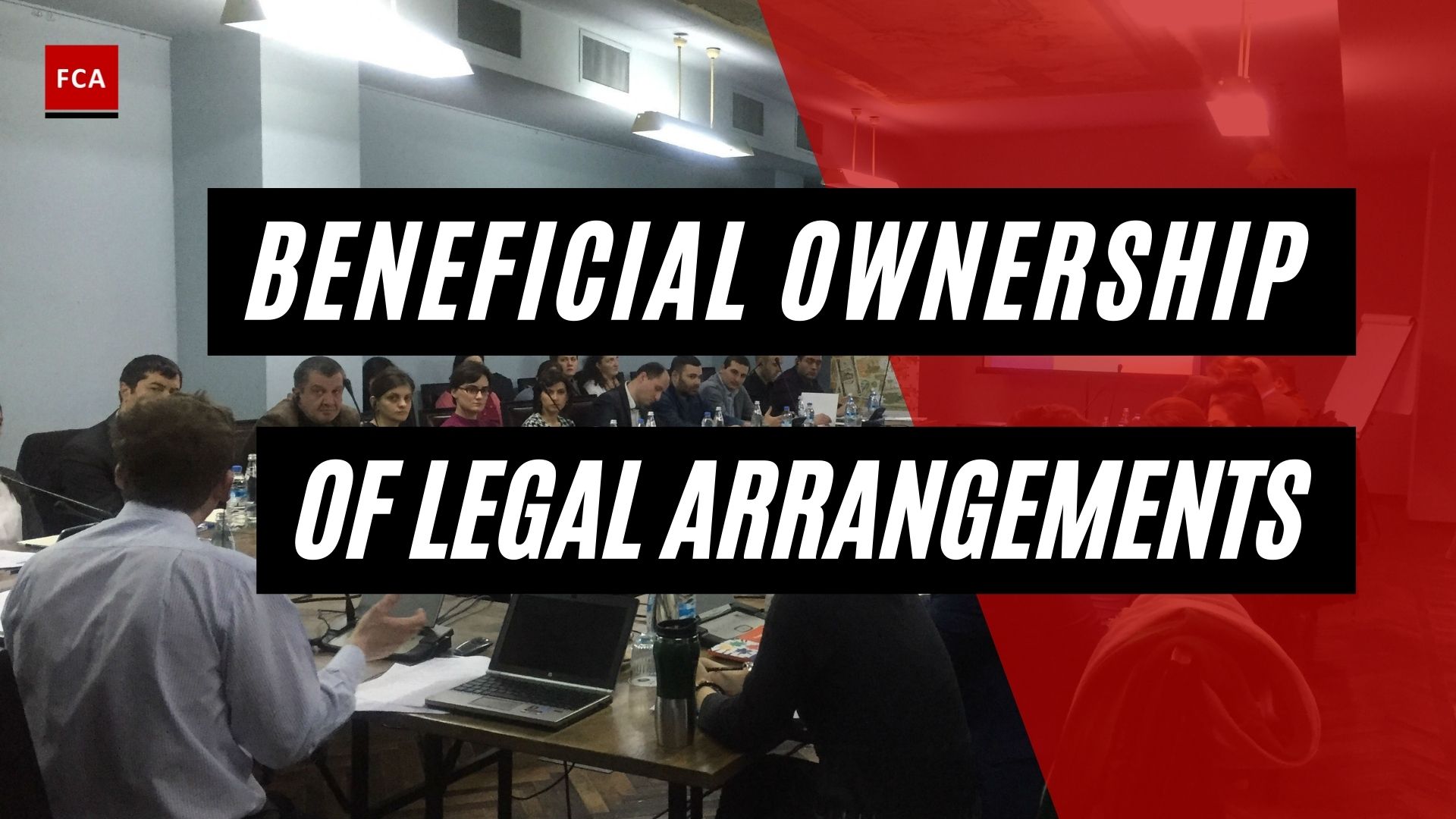The regulatory authorities of the countries emphasize that an organization’s customer identification program must include risk-based procedures for verifying the identity of each customer to the extent reasonable and practicable. This article elaborates on ‘Detailed Verification Procedures Of Customer Identification Program In 2022’.
Required procedures for each organization
Each organization must develop appropriate procedures, considering the applicable AML/KYC regulatory requirements, to account for all relevant risks, including those presented by the types of accounts maintained by the bank, the various methods of opening accounts provided, the type of identifying information available, and the organization’s size, location, and type of business or customer base. Thus, where appropriate, risk-based verification procedures should be applied to ensure that the organization has a reasonable belief that it knows each customer’s identity.
As per the customer identification rule, a “customer” is “a person that opens a new account.”
As per regulatory requirements, the “account” means a formal banking relationship established to provide or engage in services, dealings, or other financial transactions, including a deposit account, a transaction or asset account, a credit account, or another extension of credit.
Importance of verification
Verification of the customers or accounts establishes the authenticity of collected data through documentation and independent documentary and electronic sources. Any government-issued identification evidence will be utilized to verify an individual’s identity. For entities, specific constitution documents are needed, such as the articles of incorporation, a certificate of registration, and a license to do the specific business.
Using the internet may also verify the customer information. However, caution should be used in selecting which websites are to be utilized. To get the best results, a search on government-maintained websites or any relevant third-party paid services may be used for obtaining information about the customers to perform the verification process.
To determine whether electronic data or information is reliable and independent, the following attributes of data or information must be considered:
- accuracy;
- security;
- up-to-date information;
- the comprehensiveness of the data;
- reliable and independent source from which data or information is gathered.

Different ways of verification processes
The following are different cases, where for verification, the organization has to perform a certain process or verification processes, before the opening of the account or establishing a new relationship:
Power-of-Attorney:
When a power-of-attorney is used to create an account on behalf of a competent person, the power-of-attorney is only an agent working on behalf of the person who opens the account. As a result, the “customer” will be the account’s identified owner rather than the person who has power of attorney over the account. As a result, the organisation must identify and verify the true owner.
Co-owner of Existing Account:
Because that individual is creating a new account connection with the organisation, a person who becomes the co-owner of an existing deposit account is deemed a “customer” subject to identification and verification before the account is opened.
Loan Substitution:
Because the new borrower is creating a new account connection, a new borrower who is substituted for an existing borrower through the assumption of a loan is likewise regarded as a “client” of the organization and must be recognized and authenticated.
Credit Card
In situations when a person receives a credit card from the issuing bank or is receiving an extension of credit or loan from the bank, they must establish an account with the issuing bank. The credit card issuing bank is responsible for ensuring that the customer is identified and verified.
A loan and a time deposit obtained from a bank are considered an “account” for purposes of the identification and verification of the customer. For purposes of customer verification, each time a loan is renewed or a certificate of deposit is rolled over, the bank establishes another formal banking relationship with the customer, and a new account is established; therefore, measures are taken to ensure the verification of the customer.
Customers Living in Rural Areas:
In cases where customers who live in rural areas do not have a residential or business address, or the residential or business address of next of kin, or another contact individual, the number on the roadside mailbox on a rural route may be acceptable as address verification. A rural route number, unlike a post office box number, is a description of the approximate area where the customer can be located.
United States Persons Not Having Tax Number:
If a person in the United States does not have a taxpayer identification number, the bank cannot open the account unless the customer has applied for a taxpayer identification number. The bank is required to confirm that the application was filed before the customer opened the account, and the bank obtains the taxpayer identification number within a reasonable period after the account is opened.
However, a bank does not need to obtain a taxpayer identification number when opening a new account for a customer that has an existing account, as long as the bank has a reasonable belief that it knows the true identity of the customer. A bank may also open an account for a person who lacks legal capacity with the identifying information, including taxpayer identification number, of an individual who opens an account for that person.
Final Thoughts
Each organization’s Customer Identification Program (CIP) must include risk-based procedures for verifying the identity of each customer. This article elaborates on ‘Verification Procedures Of Customer Identification Program: Identifying Risky Customers’.








